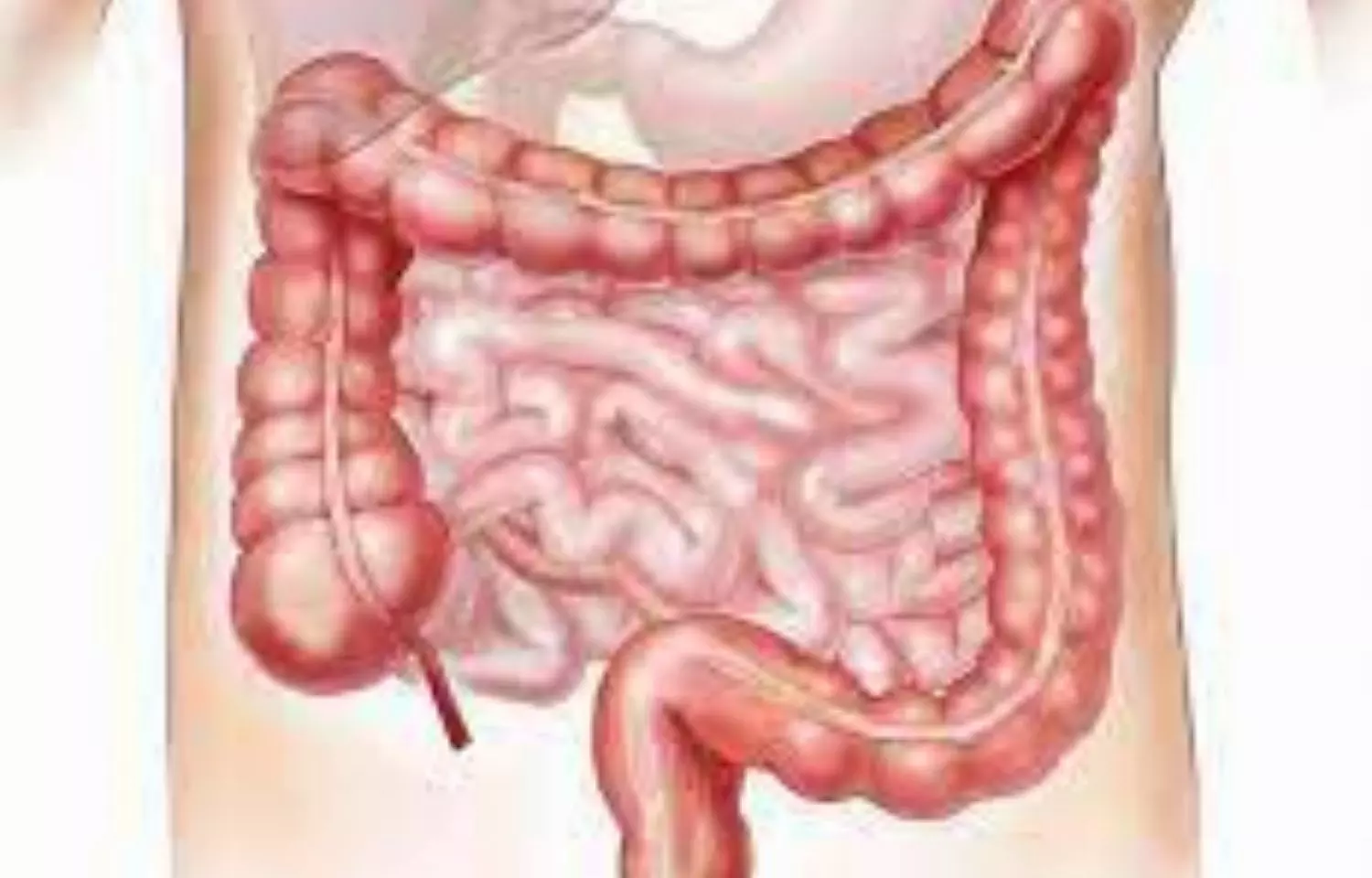- Home
- Medical news & Guidelines
- Anesthesiology
- Cardiology and CTVS
- Critical Care
- Dentistry
- Dermatology
- Diabetes and Endocrinology
- ENT
- Gastroenterology
- Medicine
- Nephrology
- Neurology
- Obstretics-Gynaecology
- Oncology
- Ophthalmology
- Orthopaedics
- Pediatrics-Neonatology
- Psychiatry
- Pulmonology
- Radiology
- Surgery
- Urology
- Laboratory Medicine
- Diet
- Nursing
- Paramedical
- Physiotherapy
- Health news
- Fact Check
- Bone Health Fact Check
- Brain Health Fact Check
- Cancer Related Fact Check
- Child Care Fact Check
- Dental and oral health fact check
- Diabetes and metabolic health fact check
- Diet and Nutrition Fact Check
- Eye and ENT Care Fact Check
- Fitness fact check
- Gut health fact check
- Heart health fact check
- Kidney health fact check
- Medical education fact check
- Men's health fact check
- Respiratory fact check
- Skin and hair care fact check
- Vaccine and Immunization fact check
- Women's health fact check
- AYUSH
- State News
- Andaman and Nicobar Islands
- Andhra Pradesh
- Arunachal Pradesh
- Assam
- Bihar
- Chandigarh
- Chattisgarh
- Dadra and Nagar Haveli
- Daman and Diu
- Delhi
- Goa
- Gujarat
- Haryana
- Himachal Pradesh
- Jammu & Kashmir
- Jharkhand
- Karnataka
- Kerala
- Ladakh
- Lakshadweep
- Madhya Pradesh
- Maharashtra
- Manipur
- Meghalaya
- Mizoram
- Nagaland
- Odisha
- Puducherry
- Punjab
- Rajasthan
- Sikkim
- Tamil Nadu
- Telangana
- Tripura
- Uttar Pradesh
- Uttrakhand
- West Bengal
- Medical Education
- Industry
Focused Assessment With Sonography for Trauma in Children can help in clinical decision making: JAMA

Newly introduced definitions of complete FAST and E-FAST studies with high image quality can help in the accurate interpretation and clinical decision making in children with injury, a new study has found. These definitions are similar to those in adults with injury and may be used for future education, quality assurance, and research. The study has been published in Jama Network.
Focused assessment with sonography in trauma (FAST) is a quick bedside ultrasound examination done by emergency physicians, surgeons, and paramedics as a screening test for blood around the heart (also called a pericardial effusion) or abdominal organs (also called hemoperitoneum) after trauma. FAST is a point-of-care ultrasonography (POCUS) study that uses no radiation.
It was introduced in the US in the 1990s to describe a set of ultrasonographic views for the rapid evaluation of free fluid (hemorrhage) in patients with injury. In adult patients, use of FAST decreases time to surgical intervention, patient length of stay, surgical complications, and CT scan and diagnostic peritoneal lavage.
Currently, there is no agreed-on standard for a complete protocol, adequate image quality, and accurate interpretation for FAST in children with injury. This lack of a standardized pediatric FAST definition is a critical factor in the variability in its use, image quality, and diagnostic accuracy. Therefore, the researchers conducted this qualitative study to define a complete, high-quality, and accurate interpretation for FAST and extended FAST (E-FAST) in children with injury using an expert, consensus-based modified Delphi technique.
There were 29 invited pediatric FAST experts, out of whom 26 (15 men [58%]) agreed to participate in the panel. All 26 panelists completed the 2 rounds of surveys, and 24 (92%) participated in the live and asynchronous online discussions. The consensus was reached on FAST and E-FAST study definitions, and the panelists rated these 5 anatomic views as important and appropriate for a complete FAST: right upper-quadrant abdominal view, left upper-quadrant abdominal view, suprapubic views (transverse and sagittal), and subxiphoid cardiac view. For E-FAST, the same FAST anatomic views with the addition of the lung or pneumothorax view were deemed appropriate and important. In addition, the panelists rated a total of 32 landmarks as important for assessing completeness. Similarly, the panelists rated 14 statements on quality and 20 statements on accurate interpretation as appropriate.
In this qualitative study, the expert panel achieved consensus on the definitions for complete FAST and E-FAST studies with high image quality and accurate image interpretation in children with injury. These definitions are similar to the adult protocol definitions. The consensus statements may be used for future education, quality assurance, and research. An agreement was reached on the potential use of serial FAST studies; however, the panelists were unclear on how to clinically interpret trace volumes of abdominal free fluid, suggesting a direction for future research.
To read the complete article click here: https://jamanetwork.com/journals/jamanetworkopen/fullarticle/2790260
MBBS
She is passionate about writing and loves to read, analyses and write informative medical content for readers. She can be contacted at editorial@medicaldialogues.in. Contact no. 011-43720751
Dr Kamal Kant Kohli-MBBS, DTCD- a chest specialist with more than 30 years of practice and a flair for writing clinical articles, Dr Kamal Kant Kohli joined Medical Dialogues as a Chief Editor of Medical News. Besides writing articles, as an editor, he proofreads and verifies all the medical content published on Medical Dialogues including those coming from journals, studies,medical conferences,guidelines etc. Email: drkohli@medicaldialogues.in. Contact no. 011-43720751




